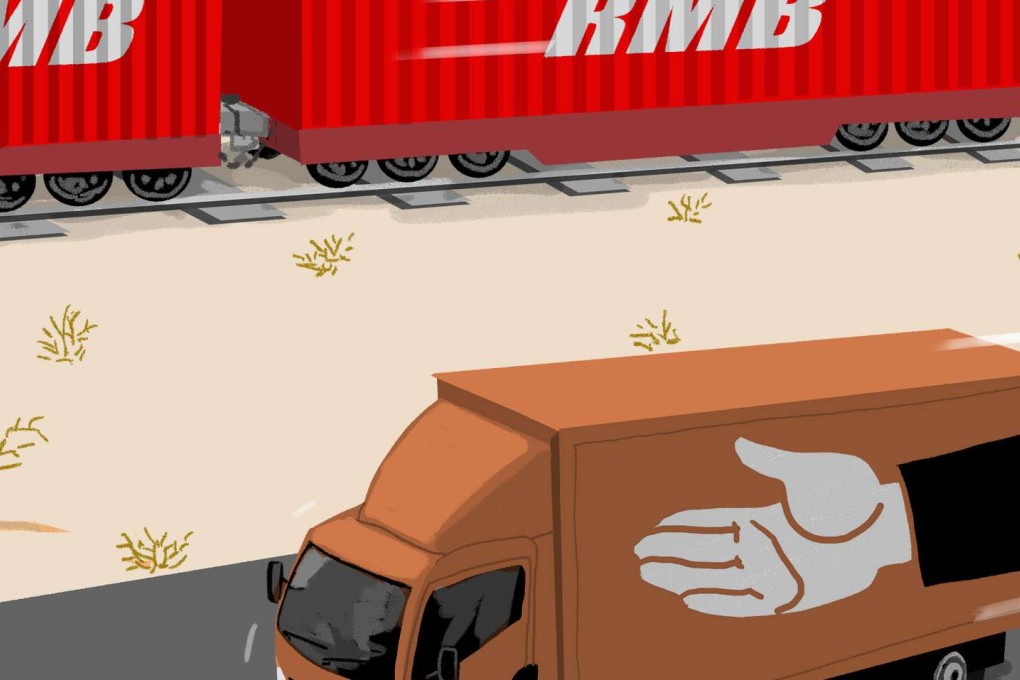How China’s belt and road is transforming Asean
Peter Wong says Beijing’s ambitious plan is filling the gaps in infrastructure investment that have greatly hampered the region’s development, and by so doing is truly linking up the whole of Asia


China’s “One Belt, One Road” is a prime example of this reaching-out policy. Under the initiative, China aims to trigger demand for materials and goods at home by investing in strategic infrastructure projects abroad, developing economic ties along its old Silk Road to Europe and along newer maritime links in and around Asia and as far away as Africa.
At its heart, the plan is to enhance global supply chains, primarily though debt-financed infrastructure projects, across more than 60 countries. China expects annual trade with these countries to be worth US$2.5 trillion within a decade – up from US$1 trillion in 2015.
China embraces Southeast Asia with renewed trade, investment push as US turns inward
Given the economic importance of the Association of Southeast Asian Nations to China, and its geographical proximity, a key focus of the belt and road initiative is Asean’s burgeoning economies. Formed in August 1967, the bloc is one of the most developed economic zones in Asia and beyond.
The year 2016 marked the 25th anniversary of the open-dialogue relationship between China and Asean. Economic relations between China and Asean economies have been growing strongly. By the end of May 2016, the two-way investment had exceeded US$160 billion, with Asean remaining a major destination for Chinese companies.
Bilateral trade has also increased massively, from US$7.96 billion in 1991 to US$472.16 billion in 2015. Asean and China are seeking to double their trade value, setting a target of US$1 trillion by the end of 2020.
